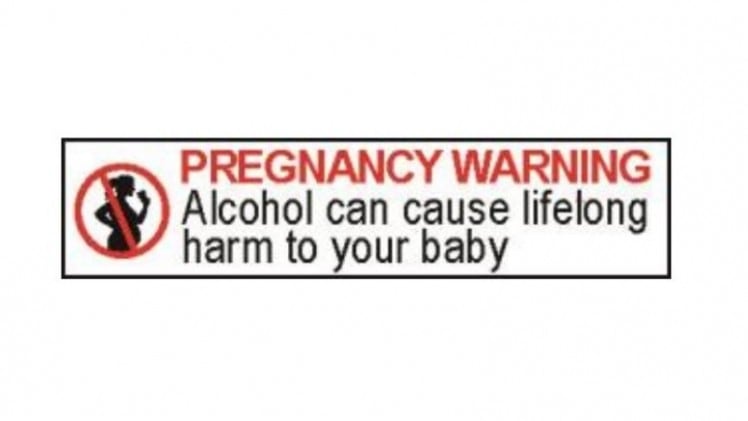The process to properly define ‘added sugars’ was started by the government back in September 2023 upon request from Australia and New Zealand ministers, sparking a call for public comment that saw FSANZ receive over 80 responses from the food and beverage industry and general public.
One of the most common requests made were to lengthen the transition period for classifying certain sugars or ingredients within the proposed ‘added sugars’ list from the initially proposed two years.
This included brands such as Mars Australia, which stressed that the agency needs to keep in mind the many changes that industry have had to face in this regard in recent times.
“Mars Australia does not agree with the two-year transition period and no stock in trade period - We strongly encourage FSANZ to consider a more pragmatic and longer implementation,” Mars Australia said via formal documentation submitted to FSANZ, which FoodNavigator-Asia has viewed. All submitters’ names, titles and contact information were redacted by FSANZ.
“Manufacturers are still undergoing label updates to implement PEAL (Plain English Allergen Labelling) and have recently undergone implementing label updates for amended Health Star Rating requirements as well - These changes have, and in future will continue to affect all products in the market.
“The rolling implementation of proposals that affect labelling over the last four to six years (PEAL, Country of Origin Labelling, HSR, etc.) costs industry significant resource that is better directed to product innovation providing consumers with healthier products, participation in reformulation programs and other voluntary schemes.
“As this proposal does not affect food safety, we recommend that a five-year transition period with two year stock in trade is provided.”
This was seconded by the New Zealand Food and Grocery Commission (NZFGC), which made a similar argument but for a slightly shorter transition period.
“Labelling changes have been extensive over the past two to five years and many manufacturers have extended product label cycles to offset the costs of recent most significant changes,” NZFGC stated.
“In this circumstance, recognising that there are multiple regulatory updates happening concurrently, noting the extensive impact of these proposals across many categories in the food supply and that stock in trade could perform a much needed buffer, NZFGC recommends a three year transition plus one year for stock in trade for the proposed changes.”
With many manufacturers and industry players submitting similar appeals, FSANZ has acquiesced to extend the transition period in the newly gazetted regulations, to a total of four years all together.
“FSANZ [has amended the original draft amendment to] provide a four-year transition period, with an additional two year stock in trade period,” the agency said via its final approval report.
“This is in recognition [that this definition of added sugars] is linked to the [upcoming ‘no added sugars’ labelling regulatory amendments], and FSANZ expects to review the changes made by the former in relation to the latter to ensure regulatory coherence [before] they come into full effect.”
Win some, lose some
That said, the agency has also refuted several requests made by industry players, such as calls to remove a low-energy hexose monosaccharide (essentially a type of low-calorie simple sugar) called D-tagatose from the list of items defined as ‘added sugars’.
One of these was the Australian Food and Grocery Council (AFGC).
“AFGC recommends excluding non-traditional, low-energy sugars [such as D-tagatose] from ‘added sugars’ given their reduced-energy contribution to the diet, reduced risk of dental caries, and their different metabolic pathway,” said the council in its submission.
“United States Food and Drug Administration (USFDA) GRAS Notice documentation [has already clarified that] D-tagatose has a reduced physiological energy value, is non-cariogenic, exerts a prebiotic effect and is not associated with a glycemic response.
“As [such, we are concerned] that if D-tagatose is captured under [the] labelling of added sugar, [it will be] treated in the same way as traditional sugar.”
This was seconded by Mars Australia as well, which stated: “Mars Australia does not support FSANZ including D-tagatose in the definition of ‘added sugar’ for claims, because using D-tagatose in application provides minimal energy contribution to the diet.”
FSANZ has stood firm on this matter, refusing to remove D-tagatose from the added sugars list.
“FSANZ has decided to maintain [that] foods containing D-tagatose are not permitted to display a ‘no added sugar(s)’ claim because of the energy content of D-tagatose,” it said.
“While D-tagatose is a lower energy sugar and does not contribute to tooth decay, it still contains 65% of the energy content of other monosaccharides and disaccharides (11 kJ/g vs 17 kJ/g).
“It appears that while other countries do not explicitly mention low energy sugars in conditions for ‘no added sugar(s)’ claims, their general conditions appear not to permit low energy sugars (that are monosaccharides or disaccharides) in foods displaying the claim.”
The final gazetted ‘added sugar’ amendment was made to section S4—3 (table entry dealing with “Sugar or sugars”) of the Australia New Zealand Food Standards Code.
The ‘no added’ sugar conditions now specify that the food for sale must not contain added sugar as an added ingredient; or more sugars than 10 g/100g (solid food) or 7.5 g/100mL (liquid food).
Twelve different sources of ‘added sugars’ have also been specified, including hexose monosaccharides and disaccharides; D-tagatose; glucose syrup; products derived at sugar refineries including brown sugar, molasses, raw sugar, golden syrup, etc.; icing sugar; honey; malt and more.





